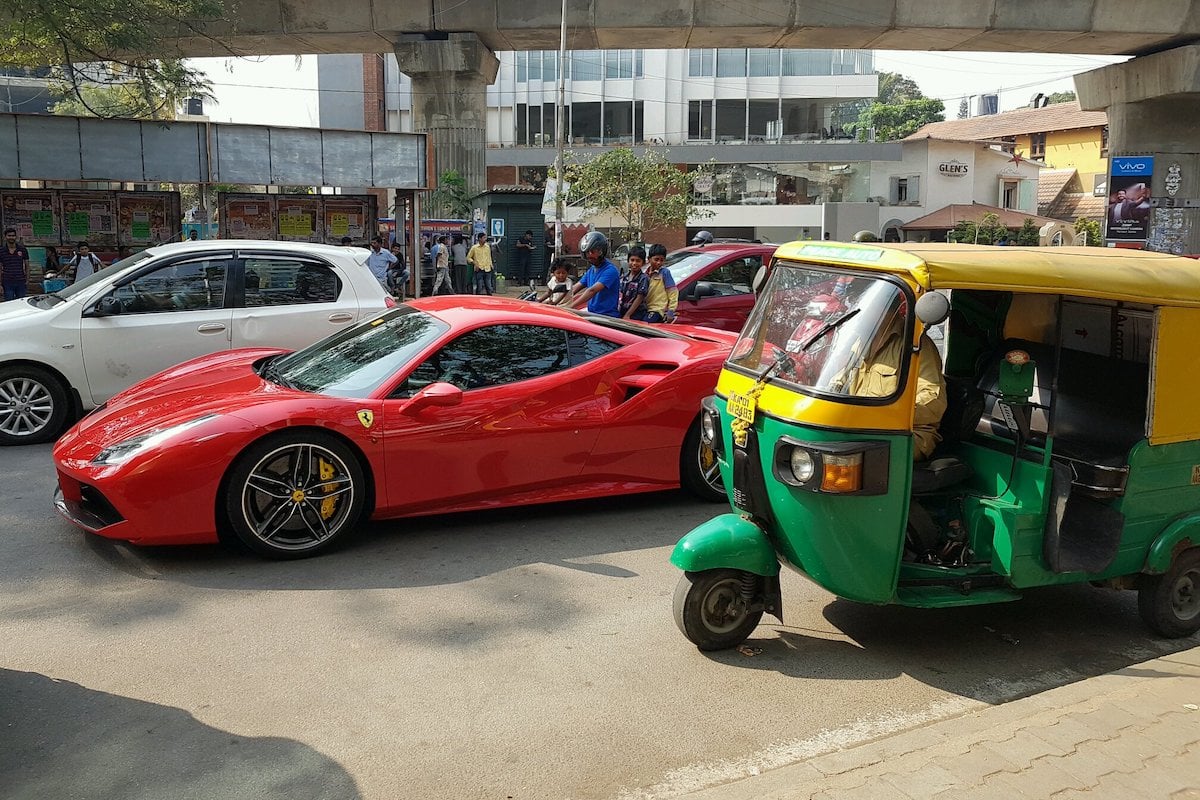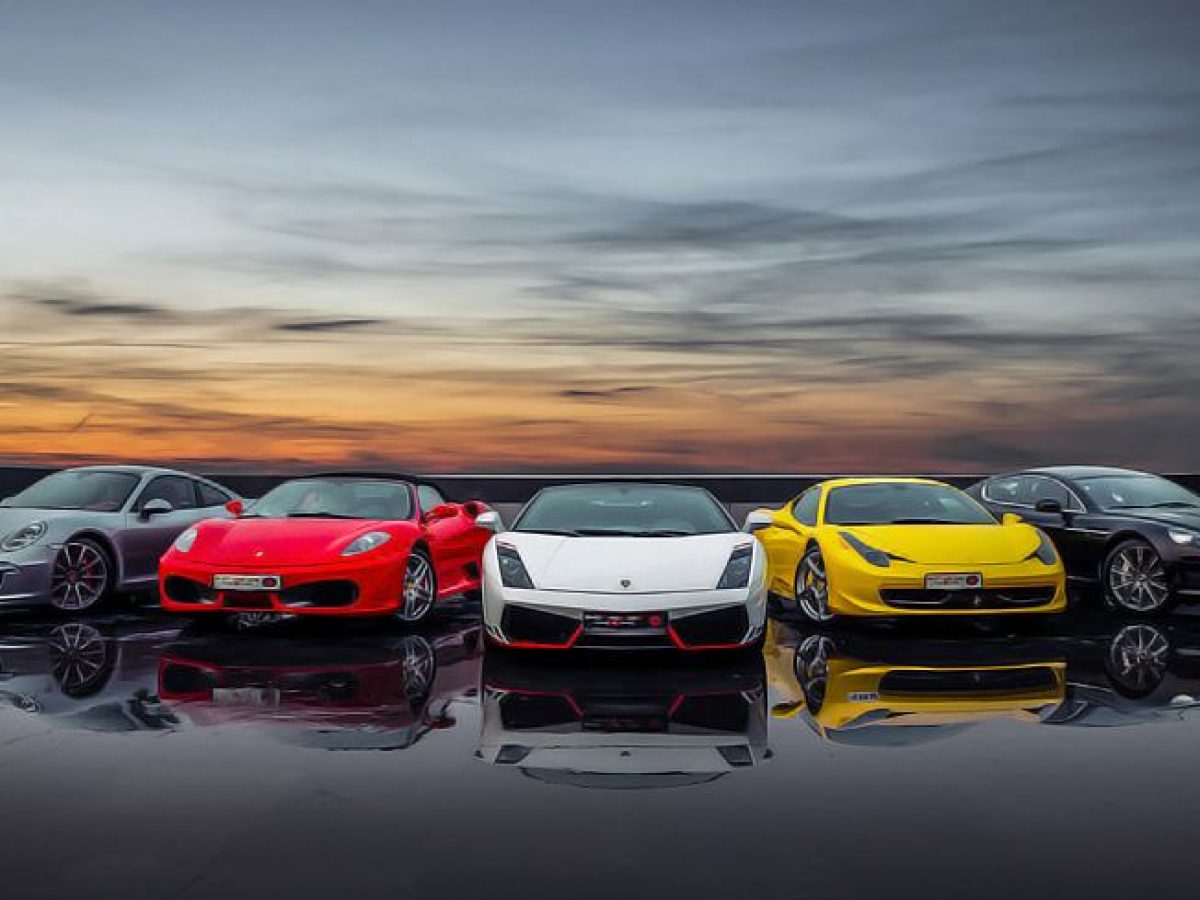Wow! India Witness Luxury Car Boom: 6 Cars Sold Every Hour In 2024
Exploring India’s record-breaking luxury car sales in 2024: key drivers, emerging trends, and the future of high-end mobility.

The Indian luxury car market has broken a considerable record in 2024, selling six cars per hour worth over ₹50 lakh. This is an eloquent statement about this country’s booming economy and the ever-widening wishes of its middle and upper class. From two vehicles per hour in 2019, the market for ₹50 lakh plus luxury cars has grown threefold. This is a marked change in the psychographics and spending patterns of the consumer.
What fuels this rapid ascent? Can this be sustained for an economy such as India, which is in the developing stage? The article goes deeply into what propels the upward thrust of luxury car sales, reviews the market situation, and probes challenges and prospects.
- India’s Economic Landscape: A Foundation for Luxury Growth
1.1 Rising Disposable Incomes
Indian citizens have benefited from higher year-on-year GDP growth along with an augmented disposable income. The luxury class has seen an increase in high-net-worth individuals. This level of economic development transformed Indian citizens into ‘aspirational products,’ starting with high-end automobiles.
1.2 Urbanization and Lifestyle Changes
Urbanization and infrastructure developments in Tier-1 and Tier-2 cities have made owning luxury cars even more feasible. Better roads, highways, and cityscapes allow customers to use their performance vehicles to their fullest potential.
1.3 Shifting Mindsets: From Practicality to Prestige
Many people view luxury automobiles as status symbols. The aspirational value of owning luxury brands like Mercedes-Benz, BMW, and Audi has aided sales.

- Key Drivers of the Surge in Luxury Car Sales
2.1 Diverse Product Offerings
Luxury vehicle companies design products according to the Indian palette, from tiny luxury SUVs to high-technology electric cars. This vast portfolio has attracted and opened more customers to be targeted, mainly young customers and well-established corporate professionals.
2.2 Electric and Hybrid Models
As sustainability is gaining prominence, EVs and hybrid versions of luxury cars have also become commonplace. For example, Mercedes-Benz reported that 5% of its sales in 2024 were EVs, twice as many as in 2023, demonstrating a trend toward more environmentally friendly luxury.
2.3 Financing Options
The introduction of EMIs, leasing, and special ownership packages have helped luxury cars be more reachable to people. Now, various customized loans for car buyers in banks and NBFCs make upfront costs more bearable.
2.4 Marketing Strategies and Personalization
Aggressive marketing campaigns by luxury brands have stressed exclusivity and personalization. Luxury test drives, VIP delivery services, and exclusive showrooms make the buying experience more memorable for the customer.
- Industry Performance in 2024
3.1 Sales Figures at a Glance
- Mercedes-Benz: Leading the segment with record-breaking sales, including 1,792 units in October 2024.
- BMW: Achieved a 26% year-on-year growth, selling 1,475 units in October 2024.
- Audi and Jaguar Land Rover: Continued steady growth on the strength of their SUV and performance car lineups.

3.2 Geographic Trends
While Tier-1 cities Delhi, Mumbai, and Bengaluru continue to dominate the scene, notable growth is coming from Tier-2 cities Indore, Jaipur, and Lucknow. The trend of luxury cars gaining traction even in smaller towns points to democratizing wealth and aspiration across India.
- Emerging Trends Shaping the Market
4.1 First-Time Luxury Car Buyers
The anomaly in 2024 includes the growing base of first-generation luxury car customers, where new generations are progressively influenced by an increasing affinity for electric vehicles due to environmental consciousness and their technological appeal.
4.2 SUV Dominance
Practical SUVs continue to dominate the luxury space, whether for their good road presence or features designed to suit country driving conditions. Mercedes-Benz and Audi’s compact SUVs also saw fair demand.
4.3 Technology-Driven Purchases
Features such as self-driving, top infotainment systems, and high safety levels make or break a purchase.

- Challenges in the Luxury Car Segment
Despite the rosy numbers, things are not all smooth in the Indian luxury car sector:
5.1 Global Supply Chain Issues
Inconsistent semiconductor availability and logistics bottlenecks cause stoppages in the production lines and delivery delays. Delays are distressing to buyers and may sometimes result in cancellations.
5.2 Price Sensitivity
However, increasing the number of wealthy people entails that the market’s sensitivity to price increases is fueled by rising import duties, increasing fuel prices, and a fluctuating exchange rate.
5.3 Competition
With global brands like Tesla announcing their entry into the Indian market, competition will only increase. In this scenario, existing players must continuously innovate and maintain their position.

- Future Outlook
6.1 Growth Projections
This makes industry analysts see a likelihood that luxury car sales in India can reach 60,000 units every year by 2025 due to the growing appetite and launch of many new models—over two dozen EVs and hybrids, among other variants.
6.2 The Role of Sustainability
With increased environmental concerns, the desire for luxury EVs will grow exponentially. Firms investing significantly in green technology and charging infrastructure will remain well ahead of their competitors.
6.3 Digital Transformation
The buying experience of luxury cars in India will be rewritten, from online booking to virtual test drives. Offering enhanced AI-driven personalization will improve customer satisfaction.
- A Comparative Global Perspective
Even as the Indian luxury car market expands rapidly, it lags behind other advanced market penetration. For instance
- Luxury car sales account for around 20% of all car sales in the U.S.
- The corresponding figure in India is less than 2%, which sends powerful signals about future growth.

Conclusion
With an increasingly booming economy coupled with consumers’ changing tastes regarding luxury car sales, India sold more than six vehicles above ₹50 lakhs an hour in 2024 for the first time in the automobile industry. More needs to be done to increase this growth sustainably by keeping supply chain interruptions and price sensitivities at bay.
As India’s high net worth base grows and technology and sustainability evolve, the luxury car market will improve. Brands that balance exclusivity, innovation, and environmental responsibility will shape India’s future of luxury mobility.




